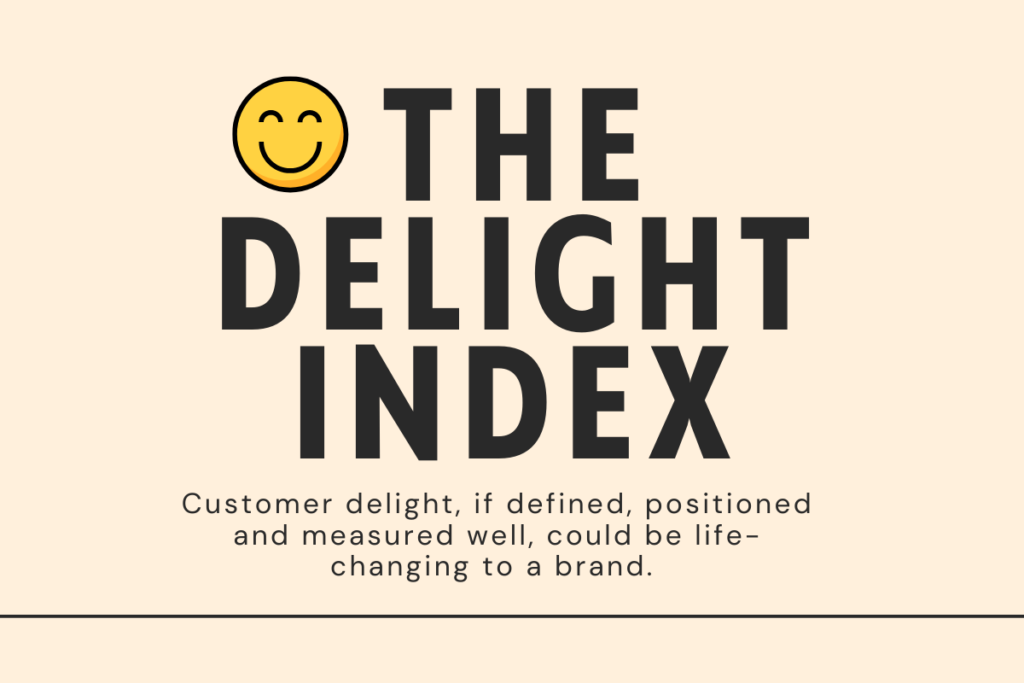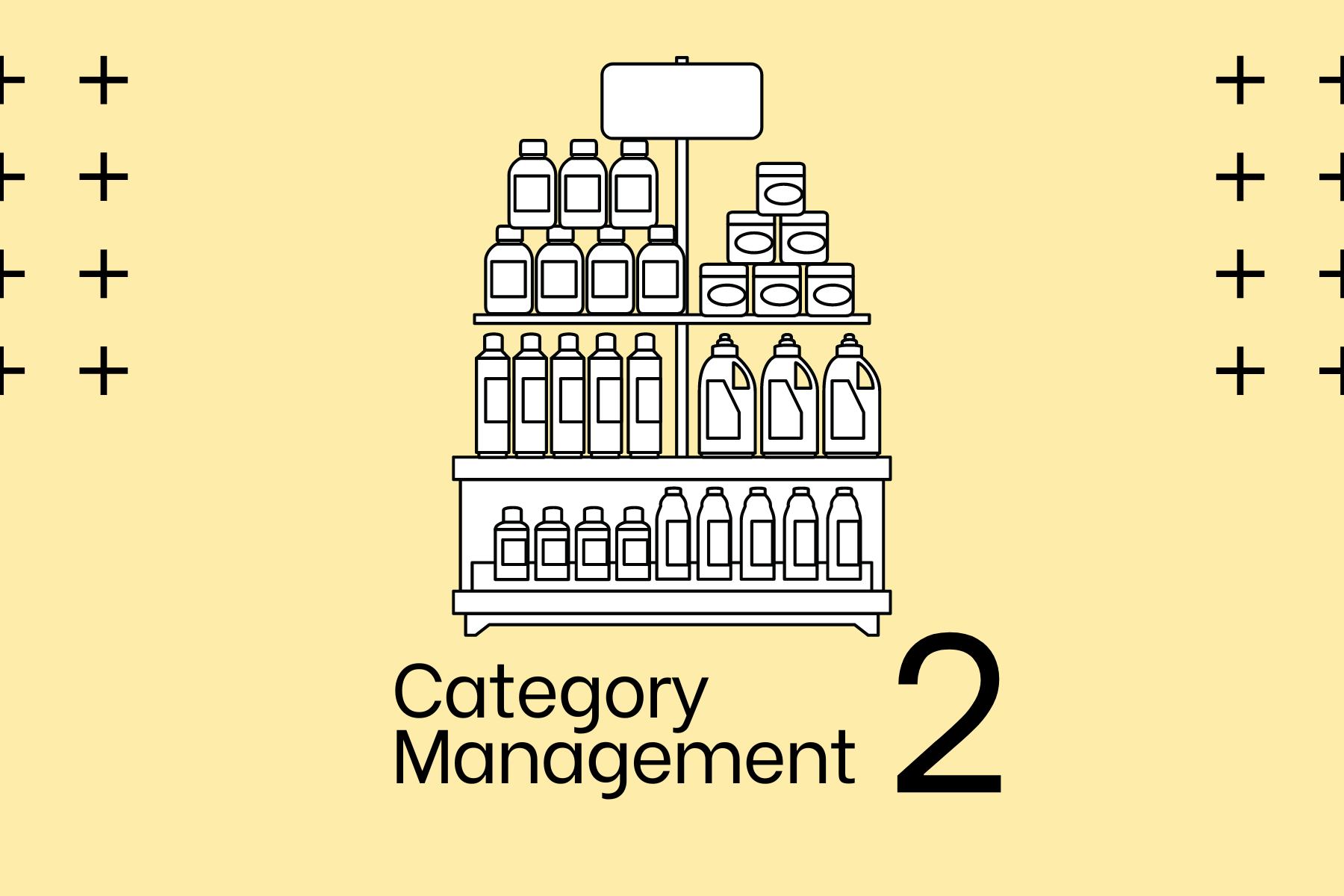Covid has changed the entire humanity. Amid all the negatives from hospitalisation, economy recession, to supply chain issue, and cost of living crisis, I see a positive note that’s so powerful, that lights up our trudging through the long dark tunnel – the awakening of importance of delight in life, and the ability to find it in every day.
The Great Resignation, the surge of confectionary category, and the stronger bond among family and community, all demonstrate how people nowadays are actively looking for happiness and indulgence in the current world of suffering. If brands could sense the shift, echoing their audience’s inner request, assisting people to savour every joy moments, whether big or small, could win many tender hearts, or simply melt hearts. The purpose of any business or brand should never be making profit, a socially conscious brand that brings radiant smile on a face and sparkles in the eyes, is forever sustainable and fulfilling.
Unavoidably, this would take us back to the cliche in all product and service arena – customer satisfaction. It is one of the most common indicators for business performance, but it’s not sufficient to have customers that are merely satisfied. I worked on a group project in the postgraduate years with Xerox Industrial Design and Human Factors team, and we came up this “Delight Index”, which measures the ‘softer side’ of design, and justifies design cost to a company and to demonstrate the benefits it generates. I believe customer delight, if well defined, positioned and measured, could be life changing to a brand and business. Although it’s been many years since the project, give some updates, I guess it can still be a useful framework for business who prioritises customer delight.
Customer Delight and Why to Measure It
In their thesis “Customer Delight: Foundations, Findings, and Managerial Insight”, Oliver, Rust, and Varki defined customer delight as
“a profoundly positive emotional state generally resulting from having one’s expectations exceeded to a surprising degree”.
The satisfaction is measured through a continuum. Below chart shows correlation of satisfaction (experience of using a product or service) with impact (customer loyalty and profitability and even more). If a product just stays in the Zone of Mere Satisfaction, which means only meets customer’s expectation, and only offers necessity and performance factors, the impact would be flat, and there’s no further process in impact, and thus won’t result in well-developed business. Only when it comes to the Zone of Delight, which means not only meet customer’s expectation, more importantly, it exceeds their expectation, can the impact to customer improved largely and really bring success.

Therefore, we think it’s very important to measure Delight, rather than Satisfaction, after all, you cannot improve it if you cannot measure it.
Delight Index
From the above definition and how level of satisfaction works, we concluded that expectation and experience are two critical parts of delight. So, the metric will provide a comparison between pre-use expectation and post-use experience.
Definition: This metric, called the ‘Delight Index’, is the subtraction of pre-use user expectation from post-use user experience. The Delight Index is a scale from -100 to 100, with -100 means most disappointing and 100 means most delighting.
How to Use Delight Index
A simple execution is key for wide application. We didn’t want to create something that sounds sophisticated but nobody bothers to use.
Suppose we need to measure a product, we will put the product and its competitors or similar products together and ask target audience to rank them twice, one based on the pre-use user expectation, one based on post-use user experience. After that the two ranks will be converted into numerical scale respectively. Then use the Delight Index formula: post-use – pre-use, and consequently the Delight Index can be acquired.

Even today, I still have questions on whether to use a ranking or rating method in the metrics, but psychological evidence suggests that people have a better judgment doing comparative judgment than absolute ones, so we used the ranking method for an objective and fair evaluation.
Prototype It
During the group project, we had the metrics tested with 80 users. By using picture cards of the product (scissors, stapler and pen respectively) in the pre-use stage, and playing and using the actual product in the second stage, we had each ranked, and then put back the picture card on the table, and asked user to explain the change of ranks. We selected the user with background of design, engineering and business.
Key Elements Affecting Delight Index
After gathering all data of test, different approaches such as comparison, correlation, matrix analysis, and interpretation of participant interviews were used to analyse the findings/observations. A few key elements affecting “Delight Index”.
- Perceived Quality
From the research, we notice a large number of people make judgement of quality just by one or two cues associated with it, for example the material of hand grip of a pair of scissors. Though small elements in a product, they are the basis of customer or user’s perception on quality. Hence, if the company wish to influence its customer or user’s perceived quality, they should not provide misleading features; moreover, they need to understand these cues very well and try to manage them.
Many change of ranking came from something unexpected during use, such as only little strength needed to cut a cardboard. It definitely improved the delight index, on the other hand, if you have a good feature, don’t wait for customer to realise it until they are using, reveal the product attributes when they are seeing it.
- Brand
Brand plays a big role in delivering delightful experience from our research. People gave higher ranking for famous brand. Big brands, you have great advantage of being spotted at the first place, but you should never fail to deliver your brand proposition, and if possible, please try over delivering.
- Visual Perception
Analysing the participant comments revealed the observation that a negative visual perception affects the participant’s expectation score.
- Novelty and Confusion
A pen with unique design caught people’s eyes in the first round but people didn’t have a clue of how to use it. Adding novelty and surprise into products is successful in enhancing user expectation but will reduce their experience if the user becomes confused of how to use it or is made to feel stupid.
How It’s Relevant to Brand Communication and Product Development
Use the Delight Index to measure and track the performance of product or experience would help brand to put extra efforts on product delivery and customer experience. Or just use this as a framework to think through how to improve delight when everyone is looking for it.
1. The customer delight should be thought through entire customer journey. A set of minimum features met will getting people to consider the product, but only when the confidence to the product feature grow to the level of almost “satisfied” they will make the purchase. And only the “delightful features” reach to certain degree will they become fans that not just continue buying the product but promote it for you.

2. Understand and manage the cues user related to quality, and don’t mislead them with poor quality features.
3. Consider the visual perception not only in aesthetics, but also usability, comfort, and also make sure, through good communication, the user understand the product attributes before use.
4. Never disappoint people with the basic functions, or it’ll lead to huge disappointment after use.
5. Keep the quality and brand consistency.
6. Surprise, novelty and emotional appeal caused the most delight in customers, but if these features are not delivered successfully, they can end up enraging the user. (Burns, A., Evan, S., Johansson, C., and Barrett, R., in 2000 , ‘An Investigation of Customer Delight during Product Evaluation’,)
7. Do not overlook post purchase experience. And that includes but not limited to unboxing, manual, first use, during using, the disposal of product and packaging, the recycling, etc. A product development manager or marketing manager could draw a user journey from the very beginning to the end, to make sure with process the expectation and experience can be managed.
8. Delivering delight to customers will win you loyal fans and is the best a brand can do to show “I value you”. Why not get little help from social media, your effort will be seen and heard by more people.
Last but not least, I have to mention, this was done together with Lisa Manara and Sebastien Frys, the other two talented contributors of the group project. I hope they don’t mind I’m using this content after 12 years. My recollection of the group work is blurry now, but our road trips to Xerox office, the presentation we did together in the new auditorium, and the compliments we received after that still feels authentic, and I treasure it as one of the best memories in my post graduate study. Thank you Lisa and Seb.
Latest Blogs
Covid has changed the entire humanity. Amid all the negatives from hos...
我新认识了一个好朋友。 到了这个年纪,认识一个新的好朋友很不容易。 因为是爸爸朋友的孩子,又是高中校友,我们知道彼此超过20年,但也只是3年...
Following “Category Management – 1 The Basics”, is t...
As originated from retail business, Category Management (Catman) was s...




